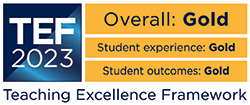Bridging research and reality - What collaboration can do for tackling inequality in the Tees Valley
By
Sean Harris
PhD researcher and Director of PLACE, Tees Valley Education
In the face of rising inequality, deepening disadvantage and the complex social and economic challenges facing many of our communities in the North East, one thing is certain: no school or institution can solve these issues alone. It takes collective effort, and place-based collaboration, to facilitate authentic and sustainable change.
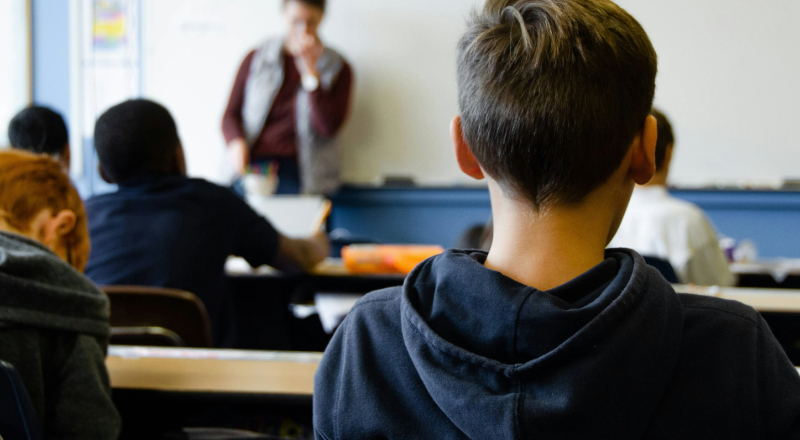
This is especially important in the Tees Valley. A staggering 89% of constituencies in the North East have at least one in four children living in poverty. In Teesside alone, an estimated 50,000 children are growing up in deep poverty, and they are the households we know about.
Tackling Poverty and Disadvantage in Schools aims to help better understand and address this. A new publication that brings together practitioners, researchers, and system leaders who are deeply embedded in their communities. Drawing on the lived realities of children, families, and educators in the Tees Valley and wider North of England, this book provides practical, road-tested approaches to understanding and addressing disadvantage in schools.
A key chapter in the book has been co-authored by Professor Dorothy Newbury-Birch, Professor of Social Justice and Public Policy at Teesside University alongside myself, a doctoral researcher at Teesside University and Director of People, Learning and Community Engagement (PLACE) at Tees Valley Education, who have a long standing relationship built on finding ways to tackle this issue. This chapter exemplifies what is made possible when universities and schools come together, not just to reflect on the impact of poverty, but to build the partnerships needed to act on it.
Professor Newbury-Birch brings deep expertise in public health and social justice, with a long-standing commitment to applied research that creates real-world impact. Our collaboration wexplores how to elevate child agency in school-based research on poverty. Professor Newbury-Birch says, ‘we want to help provide busy school leaders and educators with resources that help to shift schools from being passive recipients of academic research to being empowered co-authors of it’.
Inequality and child poverty are arguably the most complex issues facing educators in schools. Leaders and educators need support in navigating this beyond academic papers and journals.
This is more than a chapter. It is a call to help educators and researchers move beyond theory and towards place-based change driven by the people who know their communities best.
Both Teesside University and Tees Valley Education Trust are committed to this mission. Together, and in partnership with local schools, community organisations, and families, they are working to create a blueprint for understanding and addressing local inequalities. Their work is rooted in the belief that research should not only inform practice, it should emerge from it.
This collaborative approach is woven throughout the book. From poverty-proofing the school day, to building trauma-informed schools, to reshaping whole-school cultures, Tackling Poverty and Disadvantage in Schools offers practical guidance underpinned by a shared belief in equity, voice and agency.
Inequality and child poverty are arguably the most complex issues facing educators in schools. Leaders and educators need support in navigating this beyond academic papers and journals. This is where we hope our book will lead to making a different, especially here in the Tees Valley.
As schools continue to grapple with the cost-of-living crisis, and rising complexity in children’s lives, this book offers both insight and hope. It equips educators and leaders to better understand the systemic barriers facing children, and to work collaboratively with researchers and communities to dismantle them.
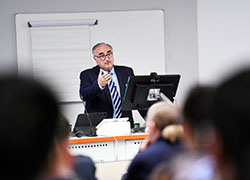 Teesside University hosts groundbreaking hydrogen conference
Teesside University hosts groundbreaking hydrogen conference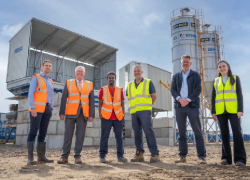 University supporting development of new £1m concrete plant
University supporting development of new £1m concrete plant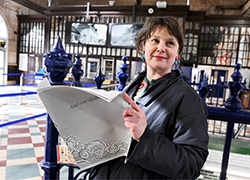 Academic’s artwork on display at Middlesbrough station
Academic’s artwork on display at Middlesbrough station